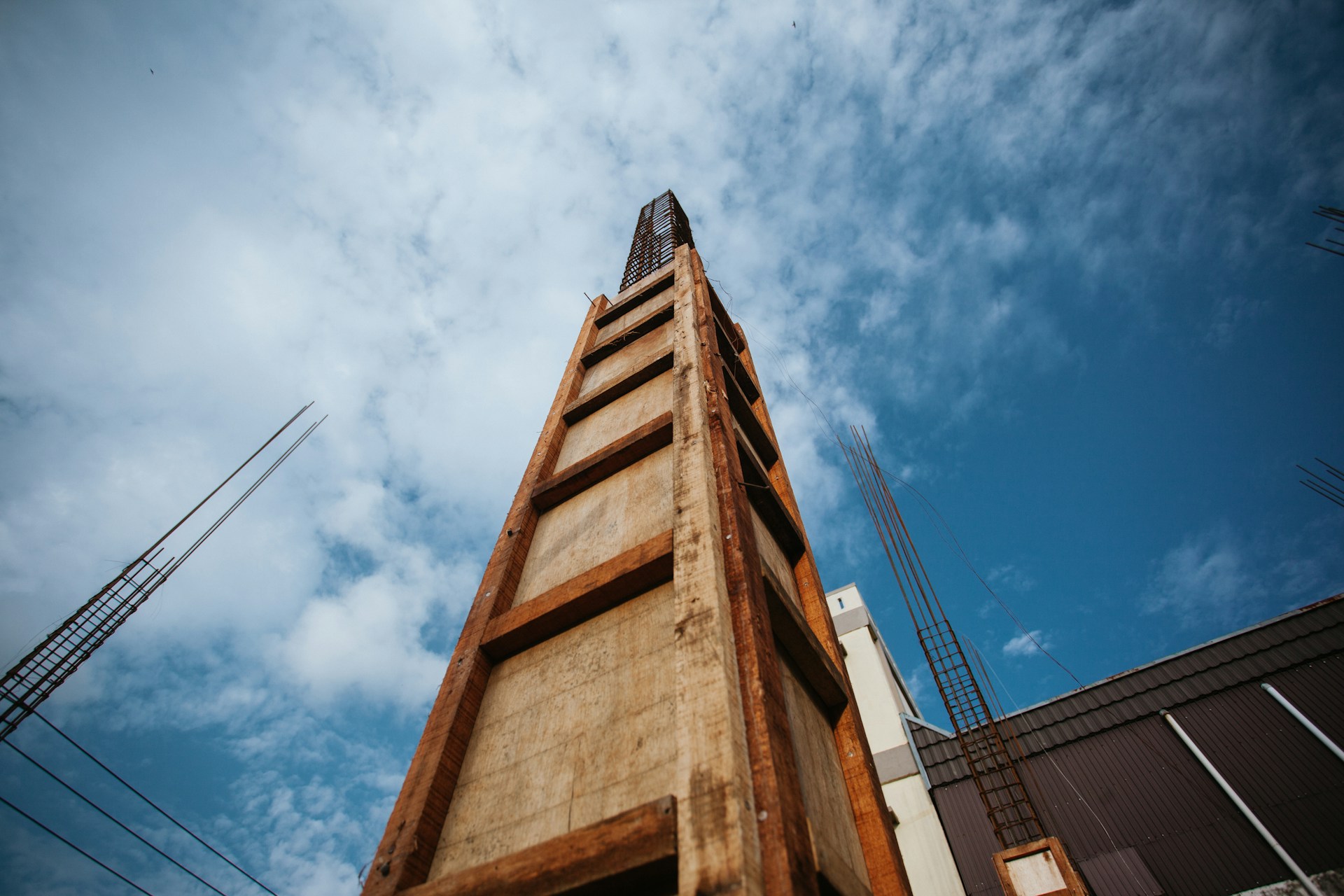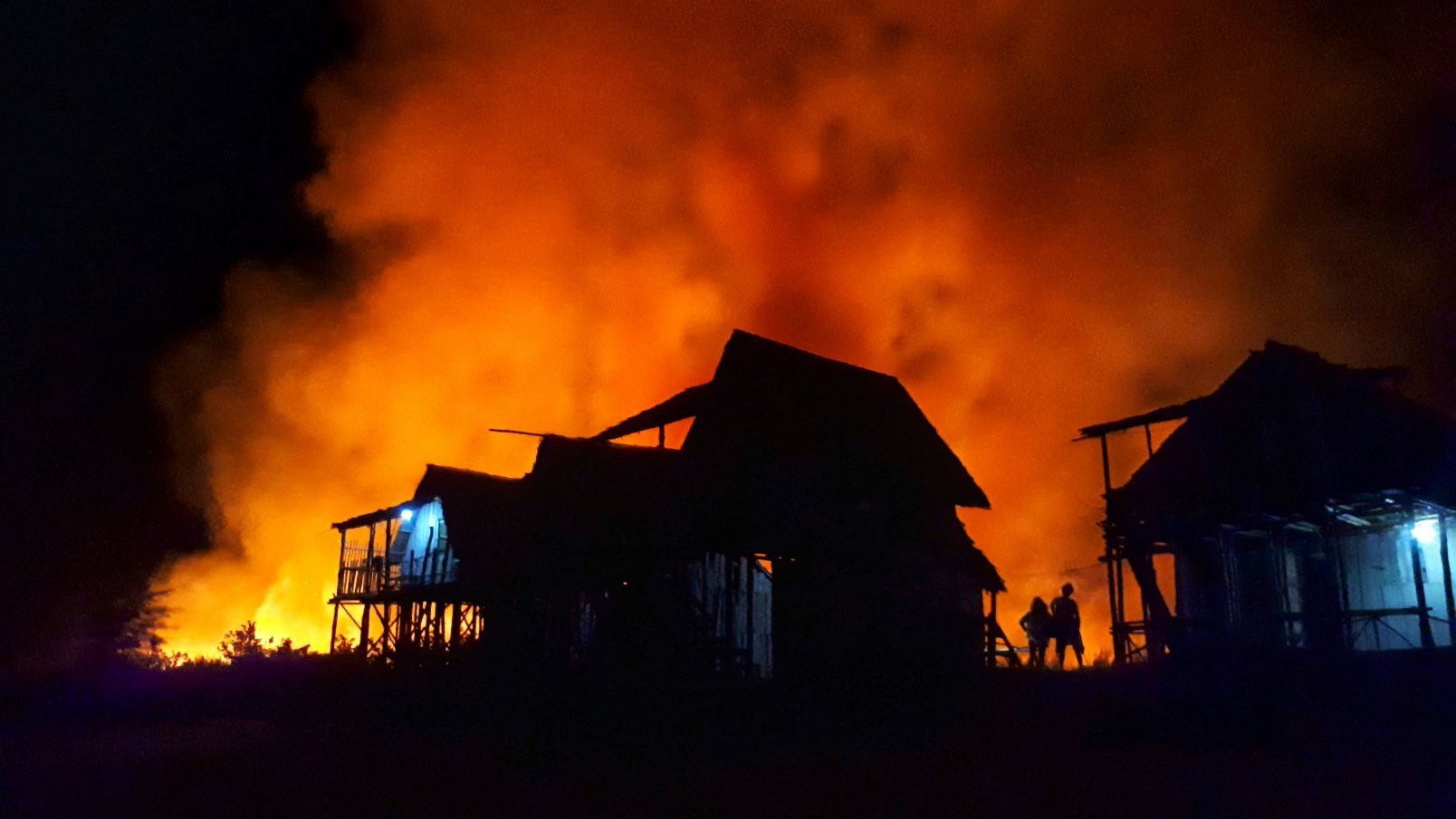

Why We Need to Incorporate Climate Data Into New Construction Planning


By: Evelyn Long
Climate change isn’t just a buzzword — its effects are becoming more cataclysmic. It is causing deaths, displacements and destruction, even more so in recent years as global temperatures rise.
The damage is seen across many industries, including in the construction sector. That’s why climate data is vital to consider during the planning process.
Climate Change Impacts Building Resilience
Storms and hurricanes have become more frequent and devastating. There have been 13 named storms this year, including four tropical storms and nine hurricanes. Four were major ones.
Experts say there is an 85% chance that this year’s Atlantic hurricane season — from June 1 to November 30 — will be above average. They also forecast 17 to 25 named storms, with four to seven major hurricanes hitting categories 3 and above.
These catastrophes cause deaths, disruptions to livelihoods, and property impacts. In 2021, the United States suffered $31.5 billion in property losses related to hurricanes, tornadoes, and wildfires. Losses from Hurricanes Helene and Milton in 2024 are expected to surpass $50 billion each. The combined damage from these two storms is estimated to reach $20 billion to $34 billion.
Beyond property and monetary damage, these disasters also affect the construction industry.
- Disruption to project timeline and budget: Unpredictable weather events can delay projects and blow up their budget.
- Interruptions in the supply chain: These storms affect the warehouse and shipping industries, causing delays in goods and material shipments.
- Impact on workers’ livelihoods: With projects delayed and, in some cases, destroyed by hurricanes, workers risk losing their income.
Why Should Climate Data Be Incorporated Into Construction Planning?
Fortunately, there are ways to mitigate the damage weather inflicts on the construction industry. One of them is using climate data to improve planning.
Climate data varies by type, concentration, date and region. These datasets consider the project’s location so they can predict the risk level depending on where the construction occurs. For example, the West Coast has a higher risk of wildfires, whereas southern coastal areas are more prone to storm surge floods.
Here are some benefits of using this data to plan construction projects:
Risk Management and Mitigation
Construction professionals can use predictive analyses and insights to forecast and manage risks. They can also conduct risk assessments during the planning phase and identify climate hazards in the project area, which could help pinpoint potential weaknesses in their strategies.
Optimized Project Specifications
Construction planning is a complex process. It involves making plans that suit the project and designing a building that will be inhabited for years. Analyzing climate and its movements exclusively helps professionals predict a structure’s performance and adjust the project’s specifications accordingly.
Improved Efficiency
The dangers that climate change presents reflect erroneous human practices over centuries. Predictive data on how rising temperatures are causing natural disasters can help professionals plan energy-efficient and sustainable structures. Examples include using renewable sources, such as solar and wind energy, and recycled materials.
How Can Climate Data Be Used for Planning?
Climate data can be used in many ways to improve construction planning and reflect more informed designs. Among these are:
- Research and development: This data can be employed to improve current technology and materials in climate-resilient construction practices.
- Training for industry professionals: Information can be used to update training and development for industry professionals to improve their skill sets in the field.
- Update of requirements and building codes: In many areas, building codes do not reflect the need for climate-proof construction and structures. The data can help upgrade these codes to ensure eco-friendly and predictive practices adherence.
Climate Data Empowers Sustainable Construction Planning
Incorporating climate data into construction planning is a collaborative effort between the government, private sector and professionals. All stakeholders should play their part in reforming current practices and improving building durability to ensure resilient and safe structures.
_________________________
Evelyn Long is a writer and editor focused on construction and sustainability. Her work can be found on Renovated, a web resource for better building and design.
Recent Posts
Insurance Pricing: Navigating a New Era of Risk
The growing frequency and severity of climate-related disasters present a significant challenge for the insurance…
Designing for Resilience … It’s A Must
We see far too often structures built to current code that lack planning and design…
What are the Real Benefits of Designing for Resilience
While designing for resilience requires initial investments, the long-term payoffs often far outweigh these costs.…
Reducing Disaster Risks and Protecting Insurability in the Pacific Northwest
Proactive measures to enhance resilience and preparedness are critical to mitigating insurability risks. This will…
How to Achieve More Resilient Building Codes
More comprehensive disaster prevention perspectives are needed to enable communities better to withstand the increased…
Tariffs Detrimental to U.S. – Canada Relationship
The Pacific Northwest Economic Region (PNWER) has for decades recognized the critical importance of robust…


